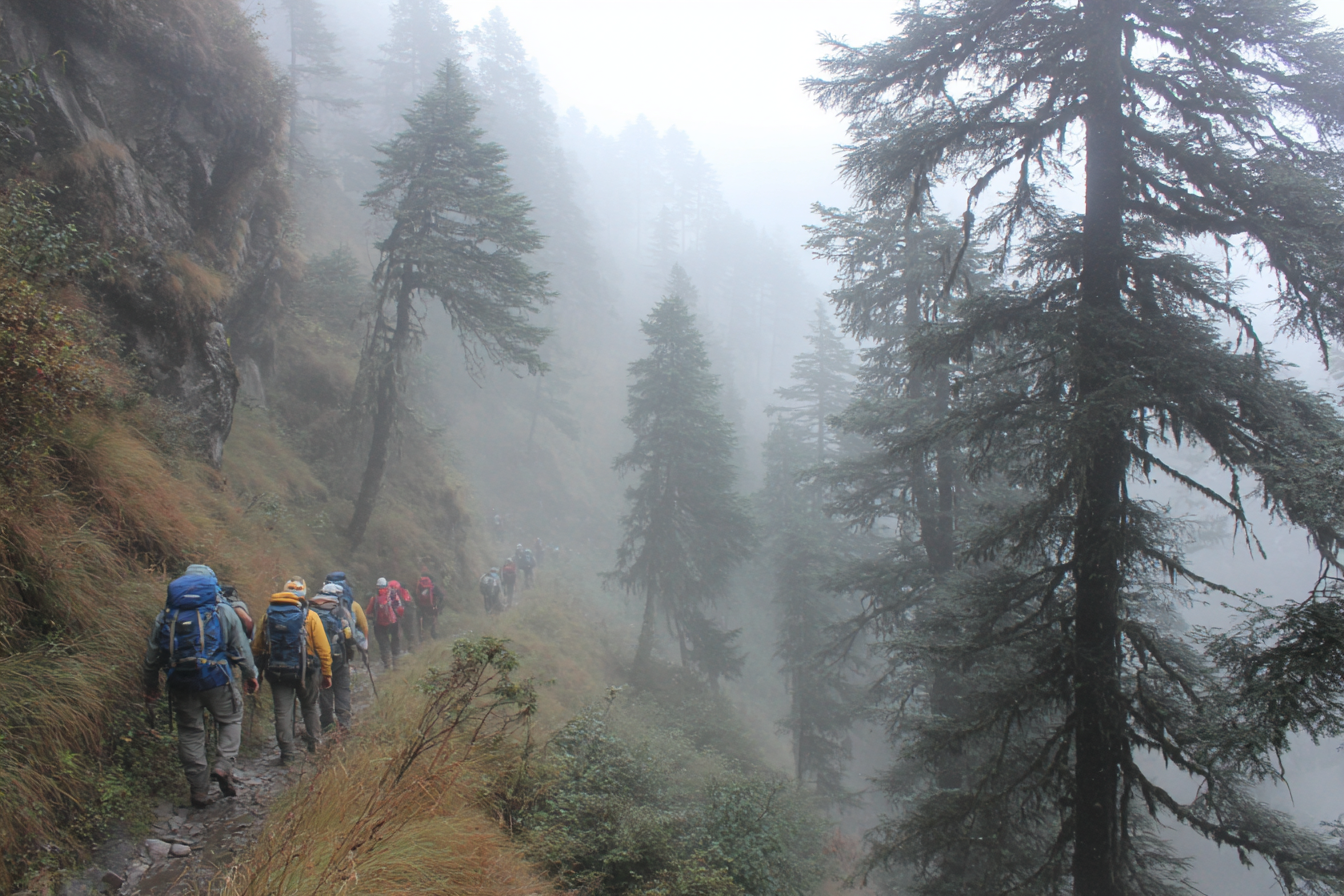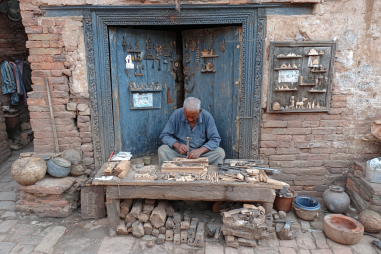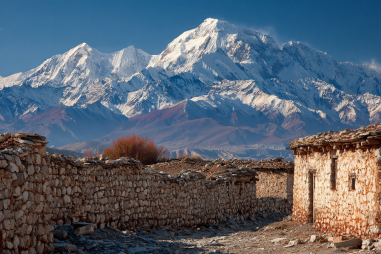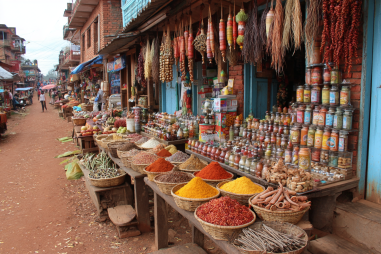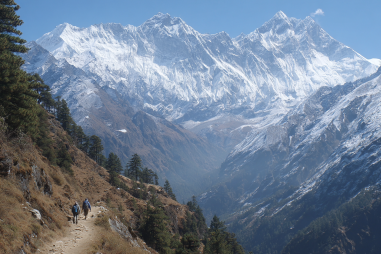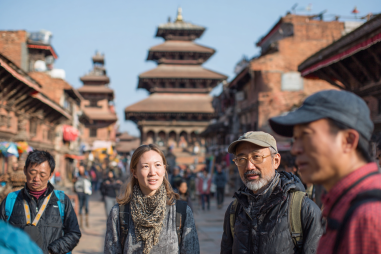Lukla, often called the gateway to the Everest region, is a beloved starting point for trekkers aiming to explore the grandeur of the Himalayas. However, both the journey to and around Lukla involve unique challenges that require careful preparation and caution. From its famously tricky airport to high-altitude trekking trails, safety becomes a crucial aspect of every traveler’s planning. This guide offers essential Lukla safety tips to help you enjoy a memorable and incident-free adventure.
Understanding Lukla’s Risks and Challenges
Lukla is nestled high in the Himalayas at an altitude of about 2,860 meters (9,380 feet). The region’s rugged terrain, rapidly changing weather, and limited infrastructure pose notable risks. The airport itself is perched on a hillside, with a sloped, short runway that demands skilled pilots. Frequent fog and sudden weather shifts often cause flight delays or cancellations, adding to the uncertainty.
Aside from the flight challenges, the trekking paths around Lukla can be steep, rocky, and slippery. Altitude sickness is a prevalent threat, as the elevation quickly rises as trekkers move toward Everest Base Camp or other routes. Without proper acclimatization, even experienced hikers can suffer from headaches, dizziness, or more severe symptoms.
Flight Safety Considerations at Lukla Airport
Tenzing-Hillary Airport in Lukla is classified as one of the most dangerous airports globally due to its short runway (only about 527 meters long) and the surrounding mountainous terrain. For travelers, understanding flight safety is paramount:
- Book with reputable airlines: Choose airlines with strong safety records and well-experienced pilots specialized in mountain landings.
- Flexibility with flight schedules: Weather conditions frequently affect flights. Being flexible with your plans can reduce stress if your flight is delayed or canceled.
- Listen to pilot instructions: Pay close attention to pre-flight briefings, especially about seatbelt use and emergency procedures.
- Avoid early morning or late afternoon flights: Midday flights tend to have better visibility, lowering the risk of weather-related accidents.
- Travel insurance: Ensure you have travel insurance covering flight delays and emergency evacuation.
Safety on the Trek: Altitude Illness and Trail Conditions
Once on the trails, safety revolves around managing altitude sickness and navigating variable trail conditions.
Altitude Illness Awareness and Prevention
Acute Mountain Sickness (AMS) can impact trekkers who ascend too quickly. Symptoms include nausea, headaches, fatigue, and difficulty breathing. Severe cases can cause life-threatening conditions such as High Altitude Pulmonary Edema (HAPE) or High Altitude Cerebral Edema (HACE).
To prevent altitude illness:
- Ascend slowly, taking rest days to acclimatize.
- Stay hydrated and avoid alcohol.
- Monitor your health and be aware of symptoms.
- Descend promptly if symptoms worsen.
- Consider carrying medications like acetazolamide after consulting a healthcare professional.
Trail Safety Tips
Trails in the Lukla region vary from well-maintained paths to rugged, rocky sections. Pay attention to these tips:
- Wear sturdy trekking boots with good grip.
- Use trekking poles to aid balance and reduce knee strain.
- Be cautious on narrow or slippery bridges and steps.
- Avoid trekking during or immediately after heavy rainfall which can make trails hazardous.
- Stay on marked trails to avoid getting lost or encountering dangerous terrain.
Emergency Procedures and Medical Facilities Near Lukla
Knowing how to respond during emergencies is critical in the remote Himalayan region. Lukla has a basic health post, but for serious conditions, evacuation to Kathmandu or larger medical facilities is necessary.
- Emergency contacts: Keep local emergency numbers handy and have a plan for contacting your guide or trekking agency.
- Evacuation plans: Helicopter evacuations are common for severe altitude sickness; ensure your insurance covers this.
- First aid kits: Carry a comprehensive kit including treatments for common trekker injuries.
- Inform others: Always inform your guide or trekking group of your whereabouts and condition.
Hiring Reliable Guides and Porters
Experienced and trustworthy guides and porters significantly enhance your safety and comfort on a Lukla trek. Here’s how to hire the right support:
- Use registered trekking agencies with good reputations.
- Check previous traveler reviews and recommendations.
- Confirm your guide’s experience, language skills, and knowledge of first aid.
- Ensure porters are treated fairly: proper gear, sufficient rest, and fair wages.
- Clear agreements on costs and responsibilities avoid misunderstandings.
Packing Safety Gear and Communication Devices
Preparing your pack with essential safety gear ensures you’re ready for unexpected challenges:
- Clothing: Layered, weather-appropriate clothing including windproof and waterproof jackets.
- Footwear: Well-fitted hiking boots with ankle support.
- Navigation tools: Maps, compass, and GPS device.
- Communication: Satellite phone or local SIM card with good network coverage for emergencies.
- First aid kit: Including altitude sickness medication, blister treatment, antiseptics, and bandages.
- Sun protection: Sunglasses, sunscreen, and hats as UV exposure is higher at altitude.
- Headlamp or flashlight: For early starts or late arrivals.
Weather-Related Safety Advice
The weather in the Himalayas can shift quickly, making preparedness vital:
- Check weather forecasts regularly before and during your trek.
- Start early to avoid afternoon thunderstorms.
- Be prepared to delay your trek or flights in poor weather conditions.
- Protect your gear from rain and snow with waterproof covers and bags.
- Avoid trekking in extreme weather such as heavy snowfall or strong winds.
Safety Etiquette with Wildlife and the Environment
Lukla’s wildlife and pristine environment add to its charm, but respecting these elements is part of staying safe:
- Maintain a safe distance from wildlife and avoid feeding animals.
- Dispose of waste responsibly – use designated bins or carry your trash with you.
- Stick to established trails to prevent environmental damage and reduce dangers from unstable terrain.
- Respect local customs and the natural environment to foster a safe and enjoyable experience for everyone.
Staying Safe and Making the Most of Lukla
With thorough preparation, awareness, and respect for the environment and your own limits, Lukla can be a safe and rewarding destination. From choosing the right flights and packing essential gear to monitoring your health and engaging trusted guides, each step of your journey benefits from a safety-first mindset. Embrace the adventure with the confidence that comes from being well-informed – and enjoy all the breathtaking beauty that Lukla and the Everest region have to offer.

